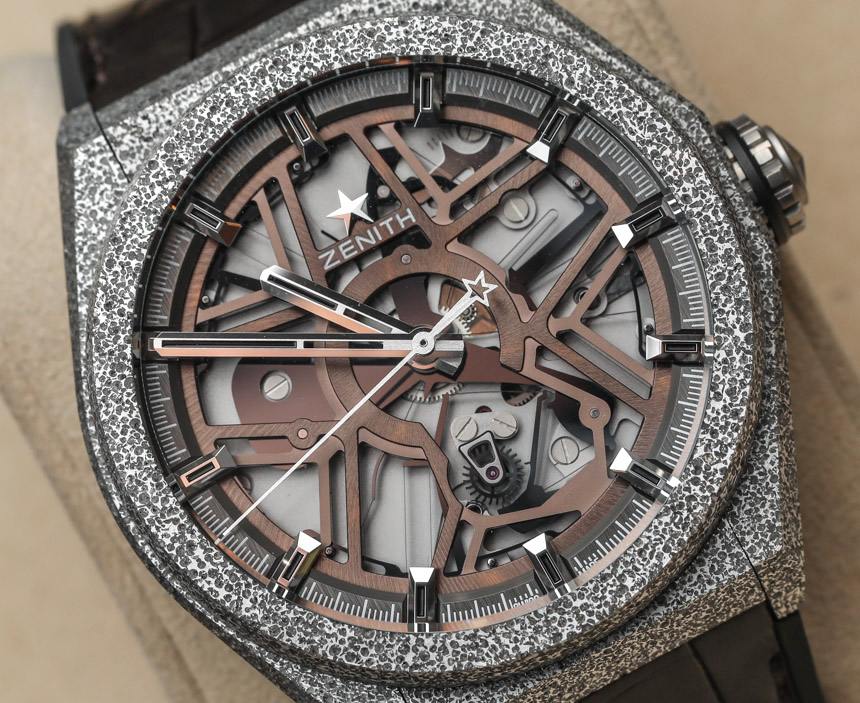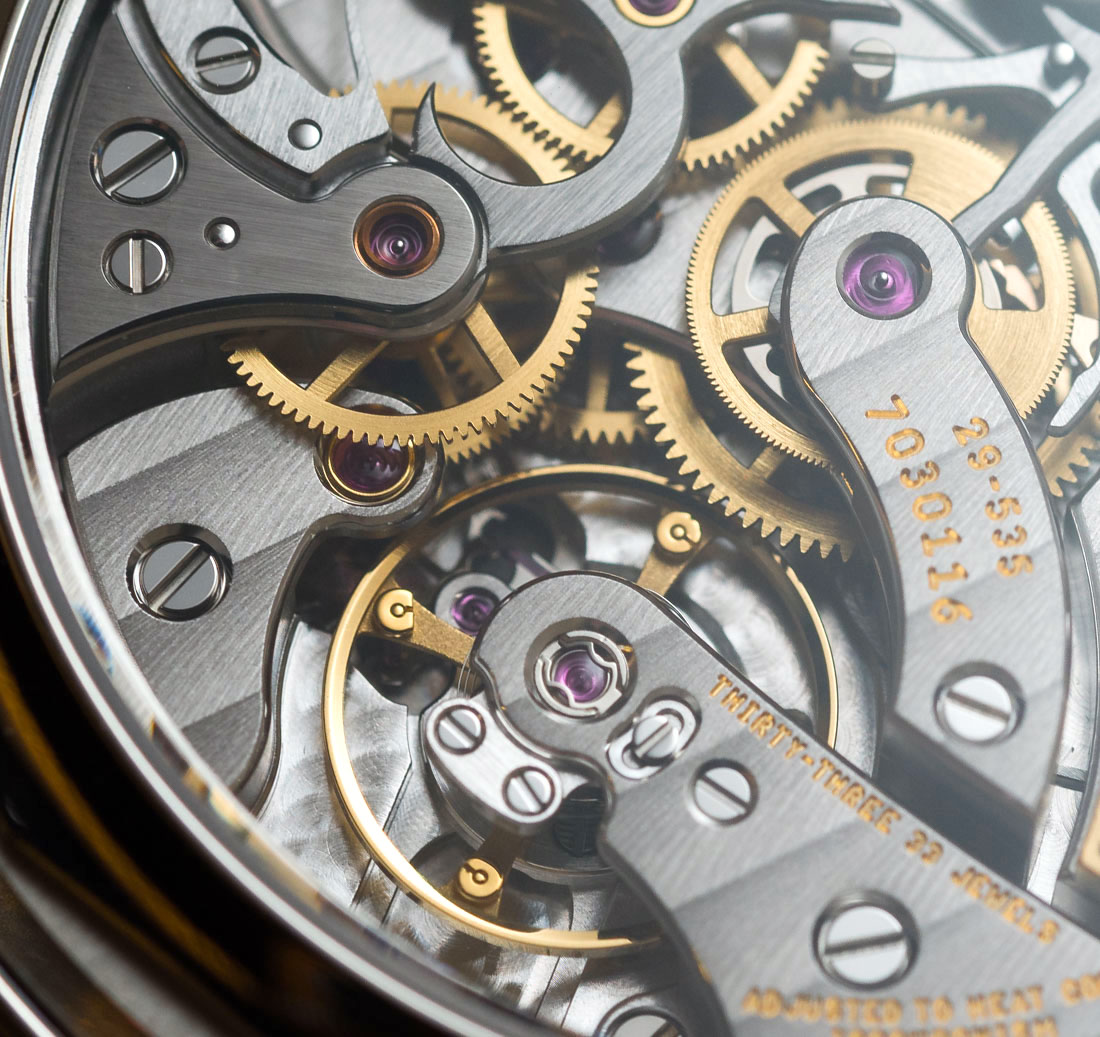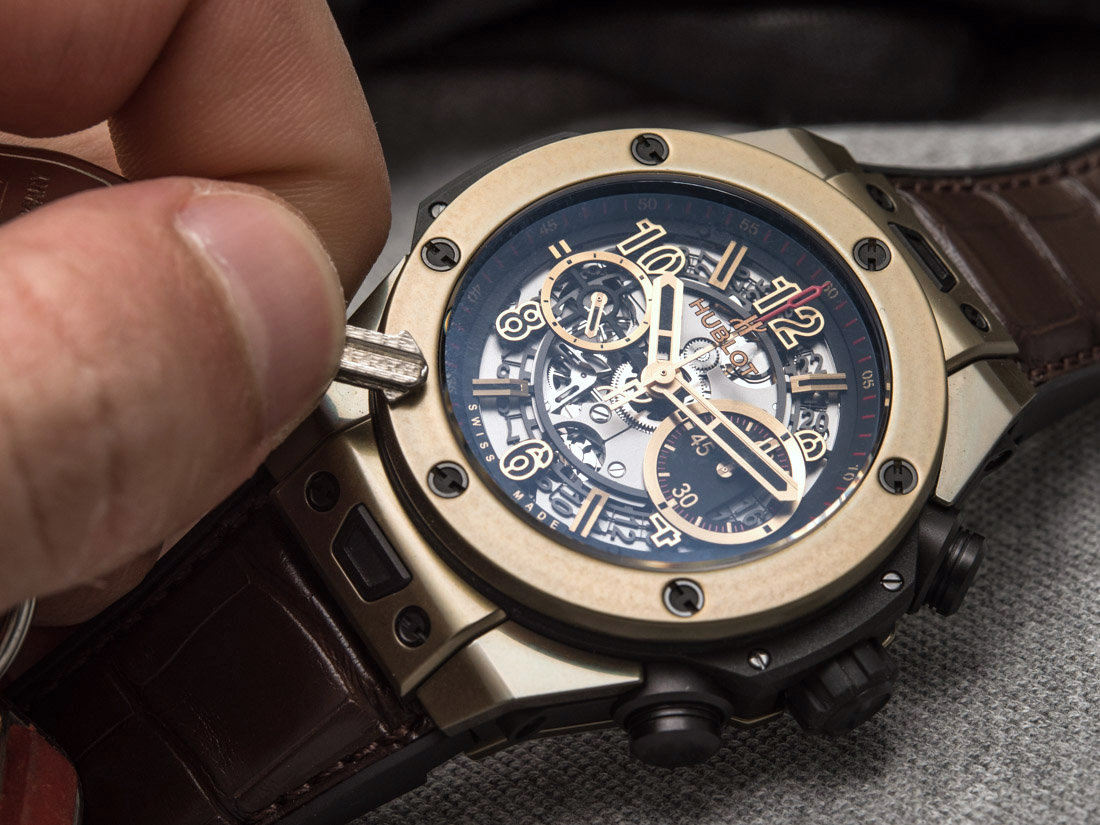
My overall philosophy when it comes to giving people advice on what watch to buy, is not actually to tell them what watch to buy. Instead, I try to have conversations with people about why I like the watches I do, and hope that they can use that information to make good watch choices for themselves. With that said, I personally have a serious head start on most timepiece enthusiasts out there given my level of exposure and experience handling a large volume of different watches. The purpose of this particular series will be to share some of the larger types of features you can find in watches available today that I am the most excited about as a watch collector.
Some of these timepiece features are easy to find and affordable, while others fall into more exclusive categories that make them covetable and possibly worth saving up for. It is important to note that my interests and taste change from time to time. Just as I have different tastes today as I did a decade ago, in a decade from now I may very well have a revised list of features in watches that I am excited about as an enthusiast and a consumer.
Performance & Accuracy In Movements
I struggle with accepting the primary weakness of mechanical movements compared to electronic ones – and that is that they are simply not nearly as accurate or reliable over time. With that said, our shared fondness for analog things means that most watch lovers cannot escape the ultimate allure of a machine whose operation we can see and understand with our eyes. That means while I accept that a mechanical watch isn’t going to be as accurate as most quartz movements, I very much want mechanical movement makers to keep trying. That means watches whose movements emphasize performance overall, especially accuracy, really interest me.

Perhaps it is my adhesion to the notion that the most important value a watch has, is being successful at its primary intended function – to tell the time. Something about my character (perhaps it is a male thing) doesn’t allow me to really take something seriously unless it has a utilitarian value. Thus, I am totally OK being interested in pretty tools, but pretty things with no tool function are often ignored by me. With that said, it should be predictable that watches with innovations in accuracy capture my close attention.
I make it a point to talk about movement performance because it is actually one of the least talked about things in the watch industry. Stories about truly better watch movements are much less common than new aesthetic designs and decorative materials. Nevertheless, at least a few times a year, something new is released with a novel concept or mechanism which helps a mechanical watch movement be more accurate.

These technologies vary from materials (such as using silicon over metal in certain applications), to the design of entire systems (such as a brand new design for a balance wheel). More often, new designs and materials are combined together. The danger for watch collectors is to separate meaningless innovations from practical ones. By this I mean that not all innovations in watch movements actually make them perform better. Watch buyers need to do their research and carefully read claims made by manufacturers to understand if a new movement system actually does something, or is simply designed to do something. Watch makers routinely fail to include information about how their movements actually perform aside from details such as operating frequency speeds and power reserve times.
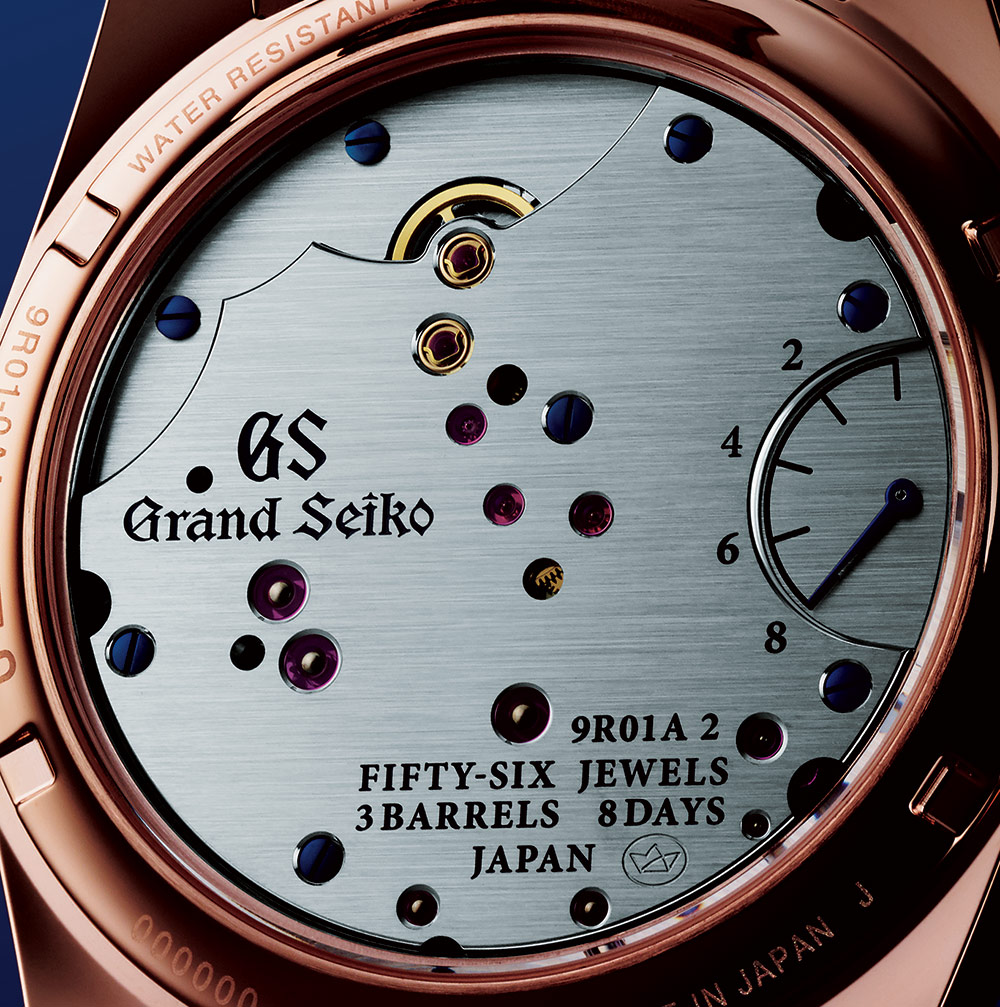
When it comes to accuracy or isochronism, brands tend to be silent. One reason for this is totally understandable – and that is the fact that two identical watch movements can perform differently based on how well they are regulated as well as how the user treats them. More on point is the simple fact that because most people who wear mechanical watches do not rely on them as a primary time telling tool (for most people that item would be a mobile phone), watch makers do not feel compelled to go in-depth into the actual performance. The romance of pursuing greater mechanical watch performance is enough to sway most collectors it seems. Actually achieving greater performance is more challenging.
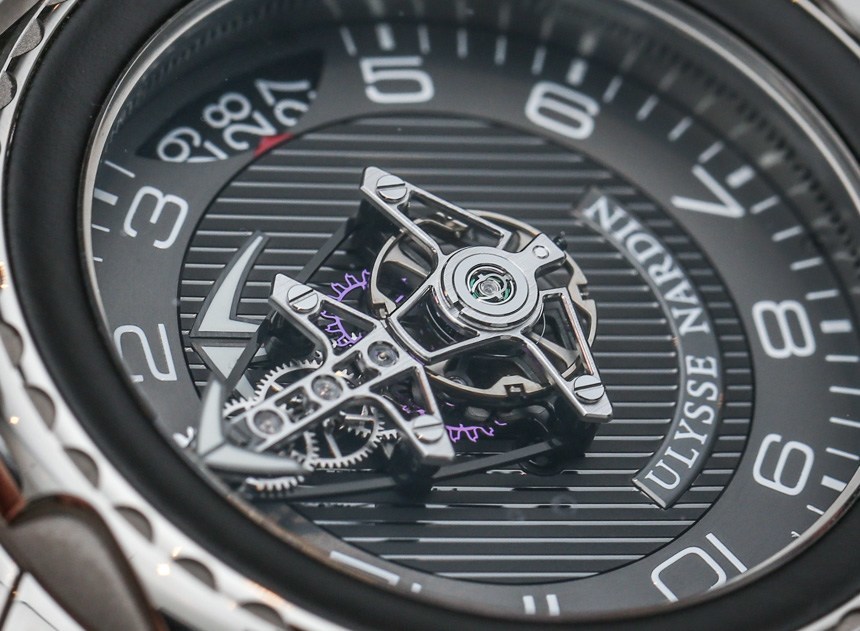
I’m actually keen to eventually see an all, or mostly silicon movement. It really doesn’t matter to me whether or not the movement is entirely one material or another, but I’d like to see at least one family of mechanical movements that uses as little metal as possible. I’m not suggesting we encourage movements made with alternative materials “just because,” but rather a focus on weight savings, service reduction, and performance increase above adherence to watchmaking tradition. I’m not saying that I wish all watch movements were like this (there is still a big place for a beautifully decorated artistic traditional movement), but I don’t think someone should have to pay for a Ulysse Nardin Freak just to have a truly modern, performance-oriented mechanical watch movement that uses non-metal parts. I’m not even against high-grade forms of plastic, assuming they offer pure performance increase potential.
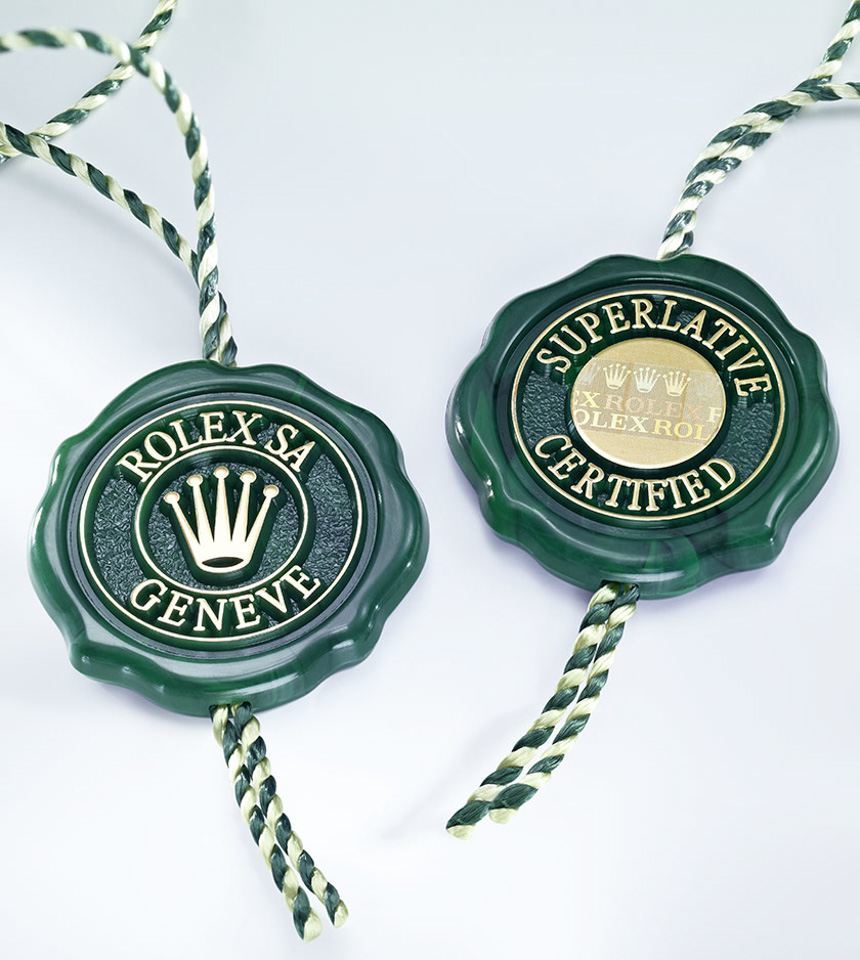
Investment in making mass-produced mechanical watch movements more and more accurate and better performing is in a sense a futile effort (or at the least a strange business decision). We don’t live in a world where any type of mainstream community relies on a mechanical watch for accuracy. People needing accuracy know where to go to get it. Thus, only those who can get away with charging luxury prices are incentivized to innovate when it comes to performance. Ideally some of those technologies will trickle down into more affordable timepieces.

This all makes me think about the story of the co-axial escapement that was invented by the late George Daniels. For years, Daniels failed to sell the technology that made your basic watch movement better to any brand willing to industrialize it. The problem was that even though Daniels was able to prove (by making a few of his own) that the co-axial escapement was an improvement over the standard escapement design (which hasn’t been seriously improved in 100 years or more), it cost too much to make per watch for it to be cheaply implemented.
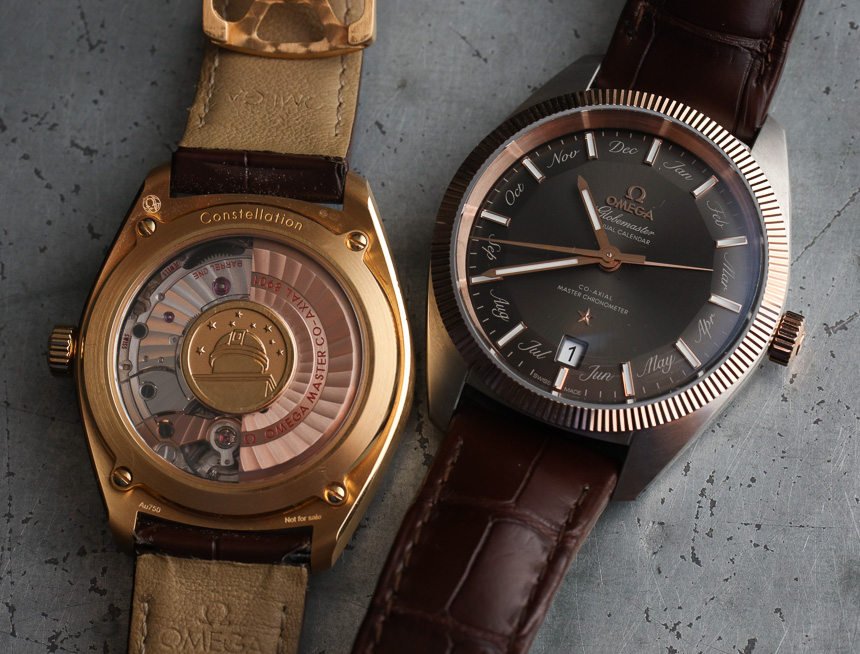
Eventually, Omega purchased the co-axial escapement technology from Daniels, but it took them years to properly implement it, and it was only after years of George hearing countless rebuttals to his arguments. Today most new in-house made Omega movements contain co-axial escapements and many watch lovers take the name for granted perhaps not understanding what it is. Indeed, the challenge for Omega is to easily explain a technology that doesn’t offer performance you can see, but that’s supposed to keep something more accurate overtime while needing less service.
The computer design and modeling age offers more tools than ever to the traditional watch maker space to innovate when it comes to making higher-performance movements. Nevertheless, developing and testing is expensive and very time consuming. Few watchmakers big or small are willing to take the time to disrupt their existing technology with something new – especially since most of the world will not really take notice. Nevertheless, as a serious enthusiast I am always on the lookout for features in watch movements that truly help them offer more accuracy and overall performance.
Wear-Resistant Materials
A nice patina on a vintage watch can be cool, but at the same time I really don’t like to see my own watches age with time. Therefore, I am constantly on the lookout for watches made with wear-resistant materials that defend against scratches, scrapes, dents, scuffs, discoloration, or damage in general. Timepieces are a real investment, and unless you are intentionally investing in something that will age with time (such as a bronze watch case), I think most people are like me in that they want their investment to look sparkling new for as long as possible. Few things feel worse than seeing that first hairline scratch on a metal watch case.
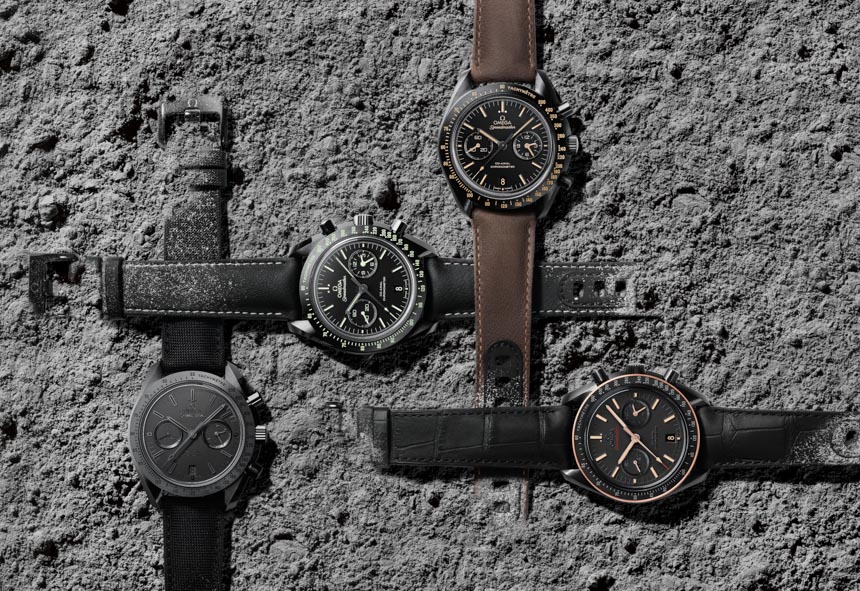
Ceramic as a watch case material became popular mainly because of its wear-resistant properties. While a good hit can shatter ceramic, most people tend to agree that its incredible scratch resistance makes for a worthy trade-off. Ceramic also benefits from having a finish and color that will not really age with time. If there is anything that many vintage watches will teach you, it is that many colored materials lose or change color over time. Color stability isn’t always easy to find, but ceramic has it. A perfectly white ceramic case today should remain perfectly white (not yellowish) and polished for a very long time.

